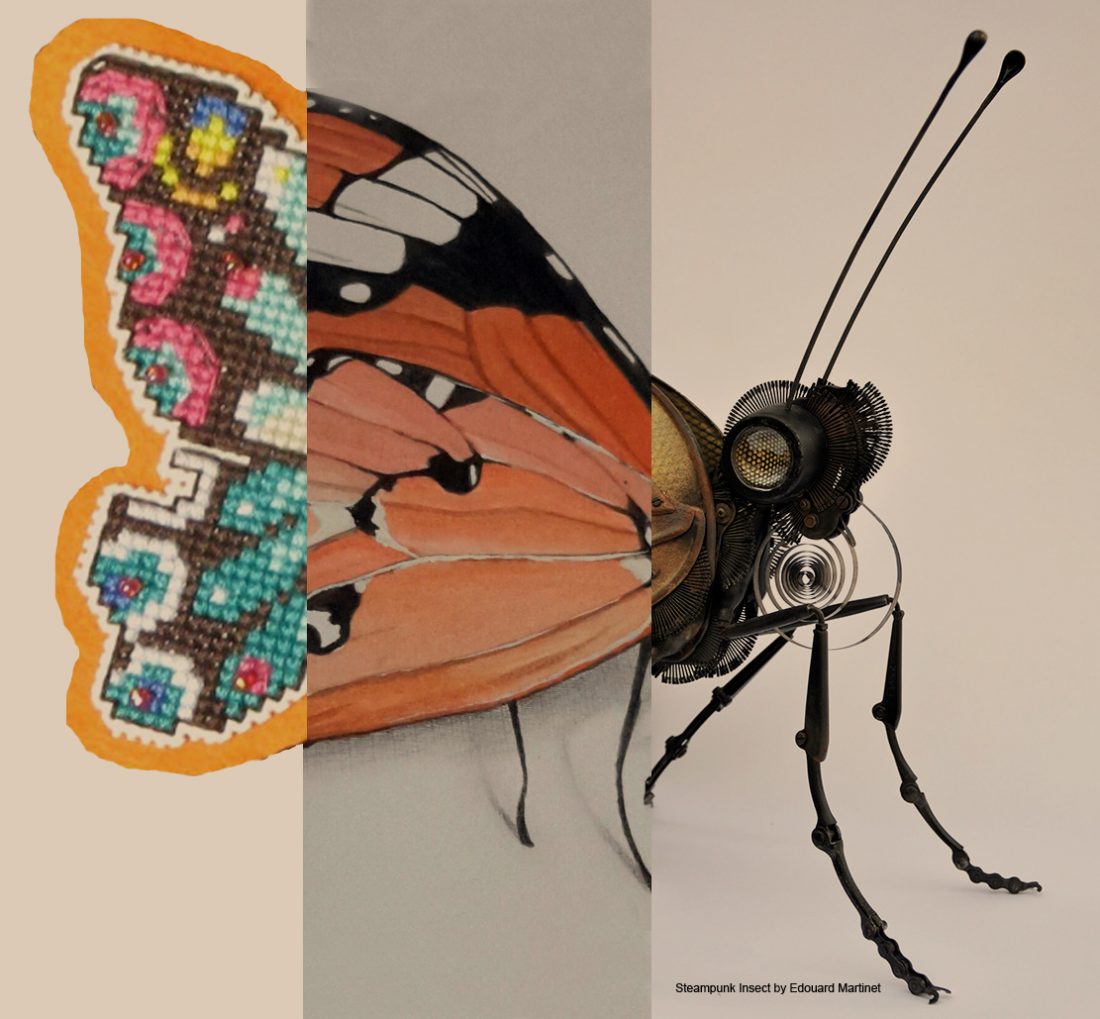The Difference Between Fake, Faux and Fantasy
At first glance, “fake,” “faux,” and “fantasy” might seem like different words for the same thing. However, they are really quite different.
To us, fake means something mass produced, maybe using artificial materials and which may or may not look real. Fake implies a certain cheapness of production. Examples would be fake wood furniture where the surface peels off after a while, or fake stone where the design is repetitious and you can see the seams. Or laminate butcher block counter tops the picture wears off as the surface wears away. We think even real plastic is preferable to fake anything and that is saying something. We usually avoid plastic like the plague.
Faux is the French word for false. Faux finishes imitate desirable natural materials such as wood, semi-precious stone and unavailable materials such as tortoise shell. There is a great deal of artistry involved in creating faux finishes and those who make a living creating them should be respected as the artists they are.
The first example that comes to mind is faux bois (Foh-Bwah) which means “false wood.” Faux bois and other faux finishes are created by a painting technique that requires looking closely and the real material and faithfully reproducing it. The second example is Malachite which is a popular and elegant choice for small pieces of furniture and sometimes even walls. The third example is Tortoise shell. Made from layers of the shell of the Hawksbill sea turtle, tortoise shell is supposed to be illegal but an underground market still flourishes. Please help the recovery of the Hawksbill turtle population by making all of your tortoise shell faux.
Faux finishes are used when the real thing is too expensive, impractical, or can’t be gotten at any price. Such finishes have a certain cache’ because they are works of art in their own right.
Fantasy means that the idea is other-worldly even if the material is real and/or natural. The props used in movies are often antique or natural – it is the way they are being used that is un-real. For example many of the props in the windows of the shops in the Wizarding World of Harry Potter at Universal Studios look to be real antiques. They add great realism to the shops even though the Wizarding World is based on fantasy. Another example would be the use of gears and clock faces to decorate ordinary everyday objects to give them that great Steampunk style. Many of the best objects created in Steampunk and other fantasy styles still function perfectly well and do it with great style.





No Comments